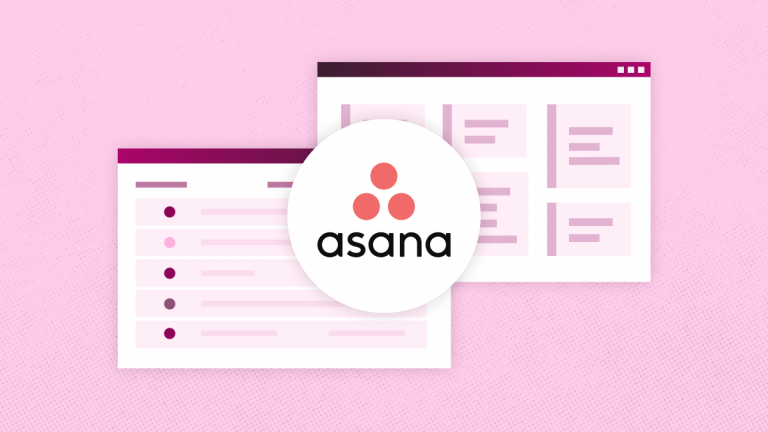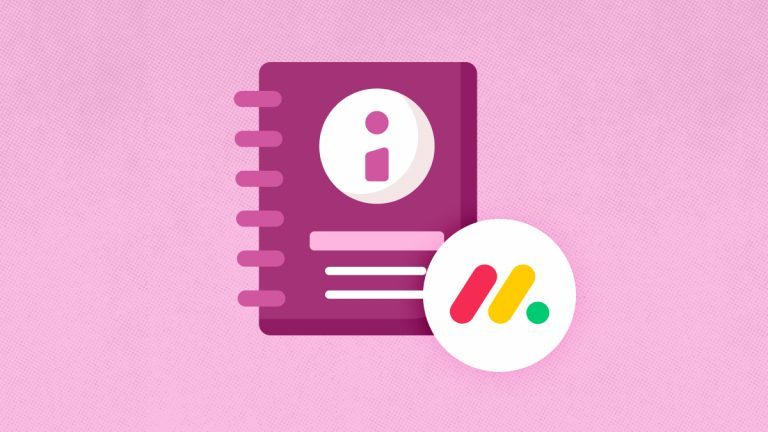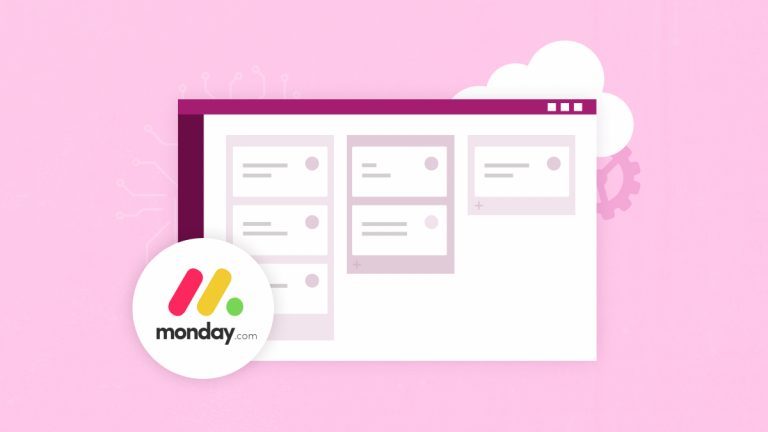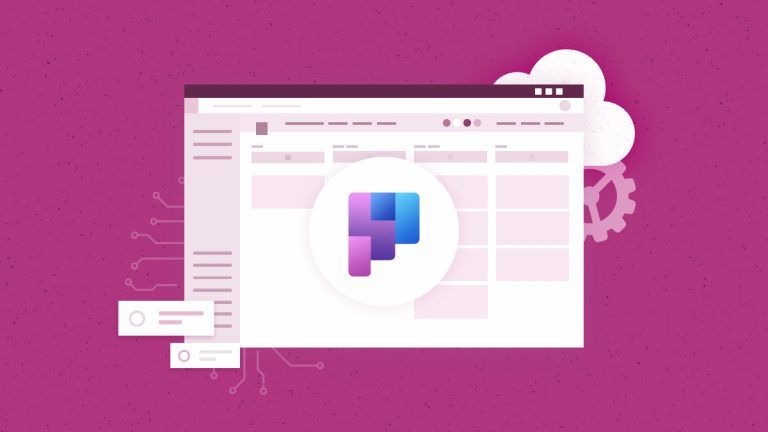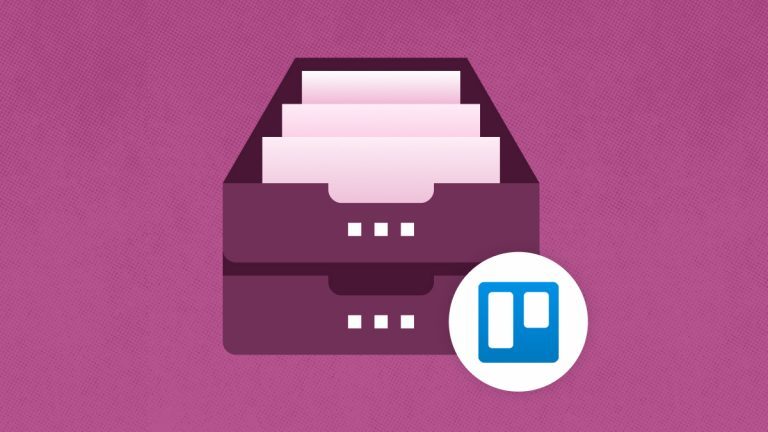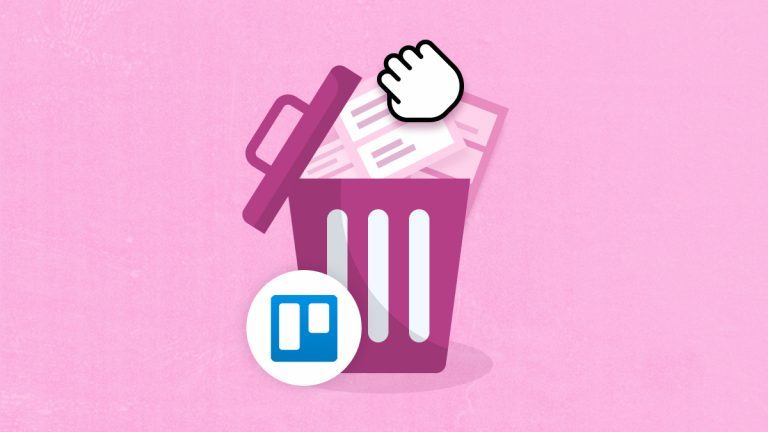
Elizabeth Harrin
Author and Mentor
Trainer and mentor Elizabeth Harrin is the author of ‘Managing Multiple Projects’ and several other popular project management books. She runs the Project Management Rebels community and speaks at conferences internationally and virtually. She works as a project manager in the UK healthcare sector.
If we keep doing what we’ve always done, we’ll always get the same results. And, sometimes, those results aren’t good enough. As leaders, we can make people’s lives easier by reducing the annoying factors in their work environment, and we can do that through continuous improvement strategies.
Improving ways of working means reducing inefficiencies, removing bottlenecks, and eliminating the “noise” that stops people from doing their best work.
In this article, I’ll share some tips for building a culture of continuous improvement in your project environment, so you can help people focus on what’s important.
What is continuous improvement in project management?
Continuous improvement is a structured approach to refining and enhancing processes, tools, and working methods. In project management, that often looks like incremental changes to documentation and collaboration approaches so that the team can work more efficiently.
Continuous improvement methodologies are more than ways to correct mistakes. The fundamental idea is to build on success and refine how projects are delivered. Teams that adopt a mindset of ongoing improvement devise ways to be more effective, which helps morale and staff retention rates.
Here are some examples of continuous improvement project management ideas I’ve seen implemented:
- Improving the workflow for approvals, so there is less time and less chasing for items to move through the process
- Changing project management documentation to make it more fit for purpose
- Automating backup processes to reduce manual work
- Creating project schedule templates for common projects to give teams a head start
I’m sure you can think of others you’ve seen over your career.
How to encourage teams to identify and implement improvements
One of the hardest things I have found about initiating continuous improvement is getting ideas out of people. For whatever reason, team members can be reluctant to make suggestions. When I’ve asked about this, I have heard a range of reasons regarding why they don’t make suggestions. Here are some reasons I’ve listened to:
- They are worried they will be asked to implement the solution.
- They don’t have time to implement the recommendation.
- They don’t think anyone will listen or do anything about it.
We have to encourage colleagues to feel they deserve to have their opinions heard and that their thoughts can make a difference. If you genuinely want to build a culture of continuous improvement, you need to empower team members to speak up.
Ask the team for suggestions in more formal settings, like retrospectives or lessons-learned meetings. Reflect together on what worked well and what didn’t, then build actions for improvement.
You can also set up lunch-and-learn sessions where individuals share their experiences and what they’ve learned, or include short presentations in team meetings for colleagues to present a recent project, learning, or short case study.
Helpful tools and techniques
Let’s say you’ve tried to create an environment where feedback is valued and acted on, and the no-blame culture is already there, but you still need help making that continuous improvement cycle.
Here are some tools and techniques to help drive creative thinking for your improvement initiatives.
Data from past projects
Consider doing a post-mortem analysis or a deeper lessons-learned session on past projects to look for trends or issues that continually arise. You can use AI tools to review your database of lessons learned to speed this up and surface trends.
Retrospectives
Make retros part of your project management process, and use your project management tools to collate structured feedback on whiteboards. Seek out input from the right teams.
Knowledge repositories
If you don’t already have a knowledge repository, start one to document lessons learned, good ideas, and how these were implemented.
Make it part of regular conversations
Invite team members to surface issues during the daily standup or weekly status meeting. Issues can easily be a potential improvement in disguise.
Surveys and channels
You can also set up surveys or forms for people to suggest improvements, or create a channel where people post ideas. In my experience, these are not widely used and soon fall away. However, it might be worth testing if you have a large team.
Whatever approach you use, the most important thing is to start making changes so that colleagues can see their suggestions are being acted on. If you can’t act on a suggestion, provide meaningful feedback about why, so the team member who raised it understands why it is not being taken forward.
Measuring the impact of continuous improvement initiatives
One way to demonstrate that you take the continuous improvement plan seriously and are committed to listening to feedback is to measure the impact of the changes made.
Some changes will be relatively straightforward: Did we update that document or not? But some changes might deserve more detailed measures. For example:
- Reduced cycle time: Are we getting faster at completing this task?
- Reduced error rates: Are we doing this task or process with fewer mistakes?
- Satisfaction: Are team members and stakeholders happier with the new working methods?
However, you don’t want to make an industry out of measuring improvements, especially for the small tweaks that typically come from continuous improvement. Balance out your tracking methods so you can demonstrate that the action has been worth it without overloading the team with yet more admin to do.
Sometimes, a quick “Do you think this is better than it was before?” is all you need.
Making improvement a habit
Continuous improvement is something you’ll want to embed in the culture of the team. It’s a way to help team members give their best at work. It improves project quality, cost control, and on-time delivery.
If you can make time to make changes, you’ll see improvements in team engagement and project success rates.
It’s a long-term strategy, and all the minor enhancements add to big wins over time. Why not focus on one small thing today, and see where that takes you?
Download whitepaper
to find out how you can protect your project management data






